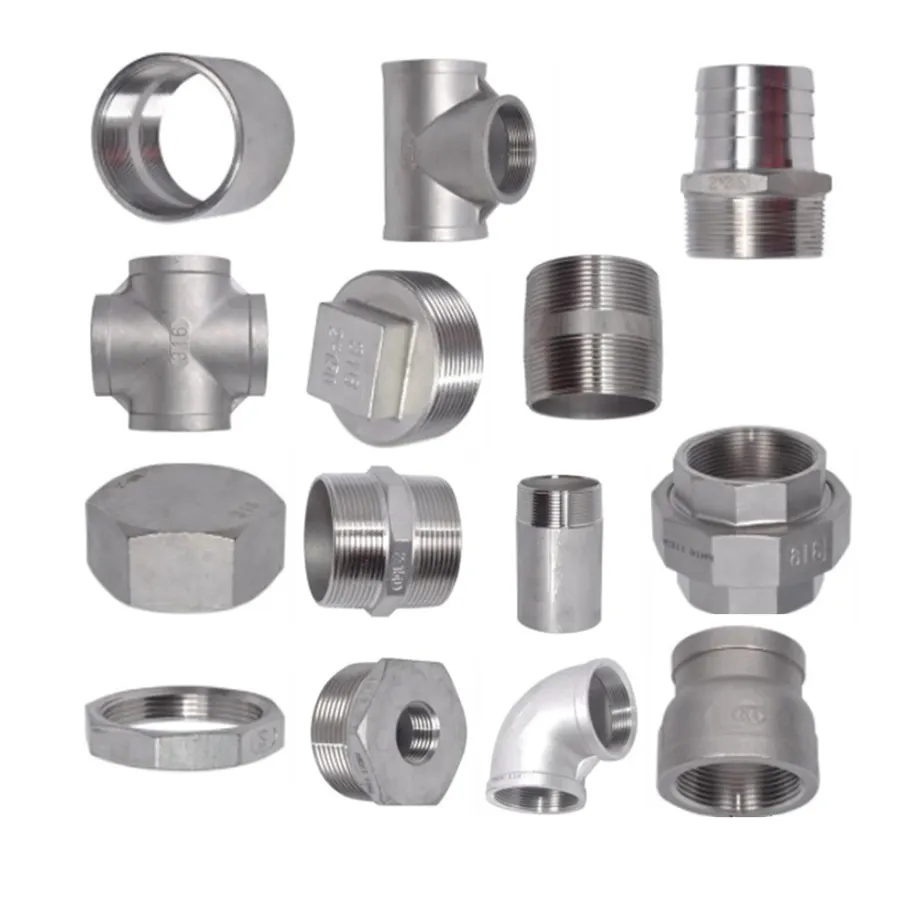Introduction to Water Pipe Reducing Coupling
1. Functionality
A water pipe reducing coupling is a type of coupling used to connect pipes of different sizes, allowing for smooth flow and efficient transfer of liquids.
2. Material
These couplings are typically made of high-quality materials such as stainless steel, brass, or PVC, ensuring durability and resistance to corrosion.
3. Size Range
Water pipe reducing couplings are available in a wide range of sizes to accommodate various pipe diameters, providing versatility and flexibility in plumbing installations.
4. Installation
These couplings are designed for easy installation, with simple mechanisms that allow for quick and secure connection of pipes without the need for complex tools or equipment.
5. Applications
Water pipe reducing couplings are commonly used in residential, commercial, and industrial plumbing systems to ensure proper flow and distribution of water, making them essential components in building construction and infrastructure projects.
Types of Reducer Couplings
Gear Couplings
Gear couplings are designed for high torque transmission, making them ideal for heavy-duty applications such as industrial machinery and equipment.
Flexible Couplings
Flexible couplings provide vibration damping and misalignment compensation, reducing wear and tear on connected components and extending the lifespan of the system.
Fluid Couplings
Fluid couplings offer power efficiency by transmitting torque through a hydraulic medium, providing smooth and efficient operation in various fluid power systems.
Benefits of Reducer Couplings
Torque Transmission
Reducer couplings efficiently transmit torque between connected shafts, ensuring reliable power transfer and preventing mechanical failures.
Vibration Damping
Reducer couplings dampen vibrations caused by machinery operation, reducing noise and preventing damage to sensitive components.
Misalignment Compensation
Reducer couplings compensate for misalignments between shafts, preventing premature wear and ensuring smooth operation of the system.
Power Efficiency
Reducer couplings optimize power transmission, minimizing energy losses and improving overall system performance for enhanced productivity.

Installation and Maintenance Tips
Proper Alignment
Ensure proper alignment of shafts and couplings during installation to prevent undue stress and premature wear.
Regular Inspection
Regularly inspect reducer couplings for signs of wear, corrosion, or misalignment, and address any issues promptly to prevent further damage.
Lubrication
Apply lubrication to reducer couplings as recommended by the manufacturer to reduce friction and ensure smooth operation of the system.
Temperature Control
Maintain optimal operating temperatures for reducer couplings to prevent overheating and thermal damage to the components.
Professional Maintenance
Seek professional maintenance services for complex or critical applications to ensure the longevity and performance of reducer couplings.
Factors to Consider When Choosing Reducer Couplings
Torque Requirements
Consider the torque requirements of the application to select reducer couplings that can efficiently transmit power without overload.

Shaft Misalignment
Account for potential shaft misalignments and choose reducer couplings that can compensate for angular, parallel, or axial deviations.
Operating Conditions
Take into consideration the operating conditions, such as temperature, pressure, and speed, to select reducer couplings that can withstand the environmental demands.
Installation Space
Evaluate the available installation space and access points to determine the size and type of reducer couplings that can be accommodated in the system.
System Compatibility
Ensure compatibility with other system components, such as shafts, bearings, and drives, to integrate reducer couplings seamlessly into the overall system design.
About HZPT
Our company, HZPT, is a leading manufacturer and exporter of couplings, specializing in design, development, and production for over 16 years. We offer high-quality couplings with CE and TUV certifications, customized solutions, and comprehensive quality inspection processes.
With a focus on customer satisfaction, we provide top-notch service, competitive pricing, and a wide range of coupling products to meet the needs of our customers in Europe and the United States. Choose HZPT for reliable performance, exceptional quality, and outstanding value in the coupling industry.






